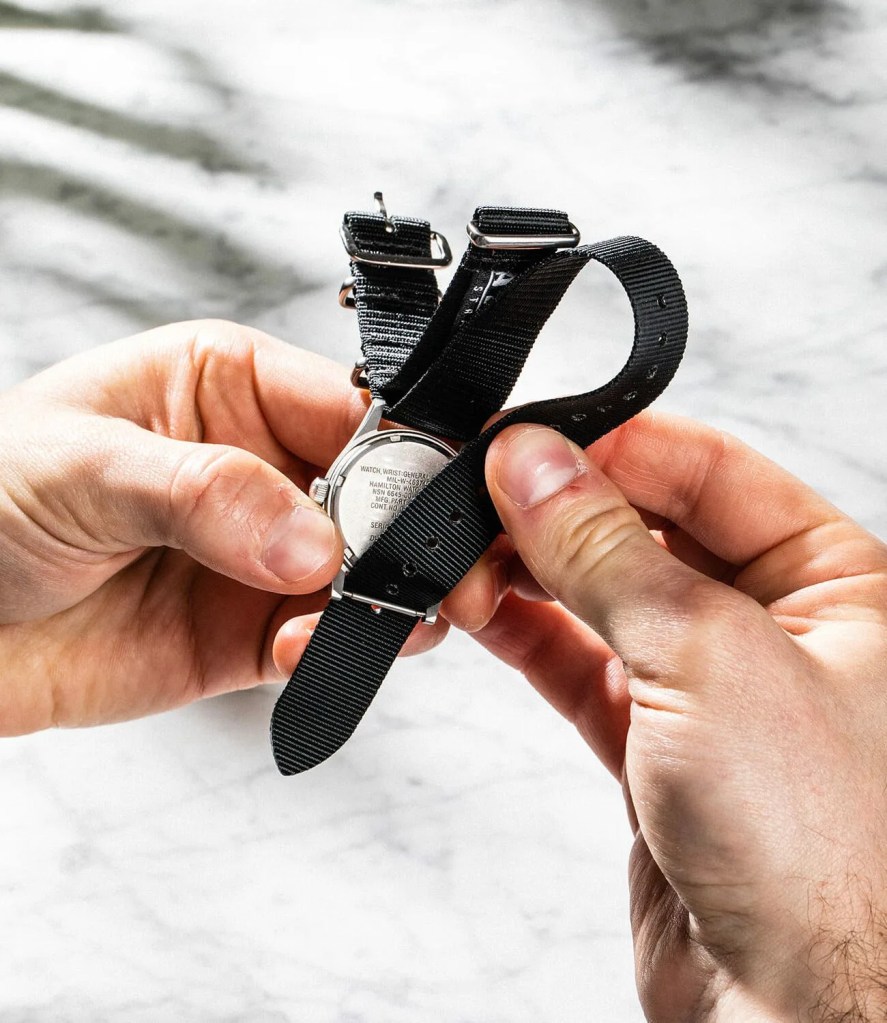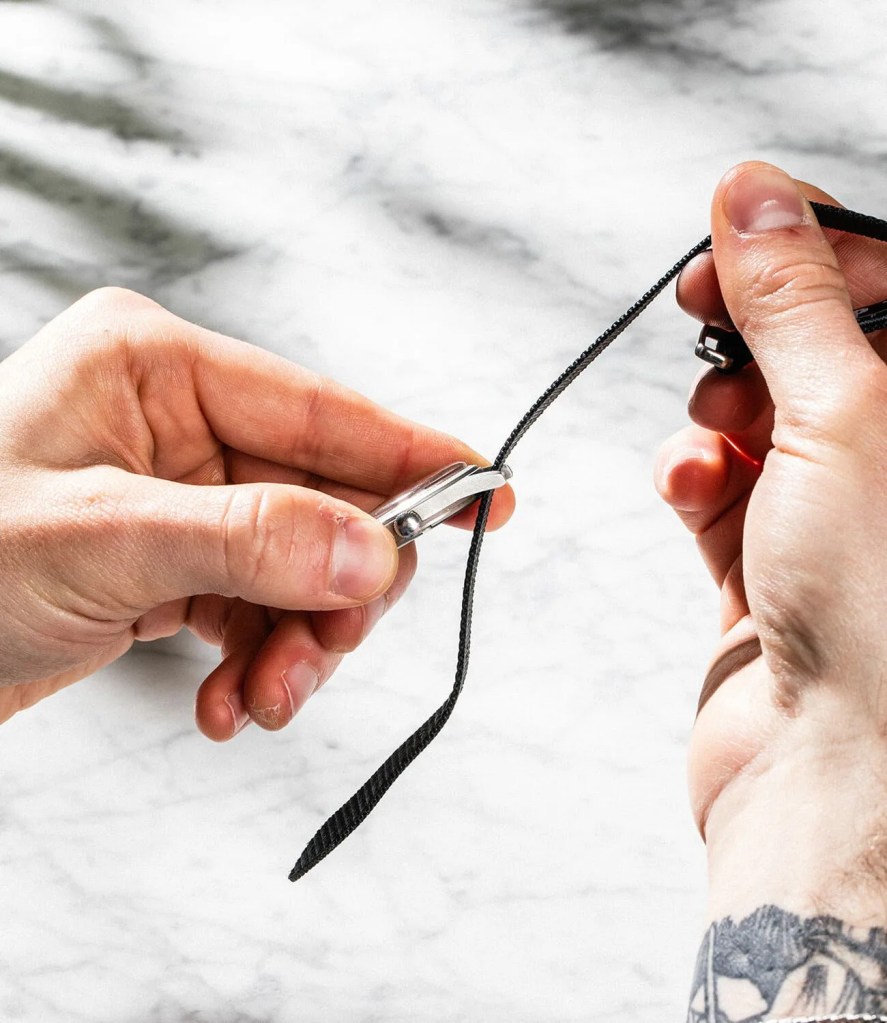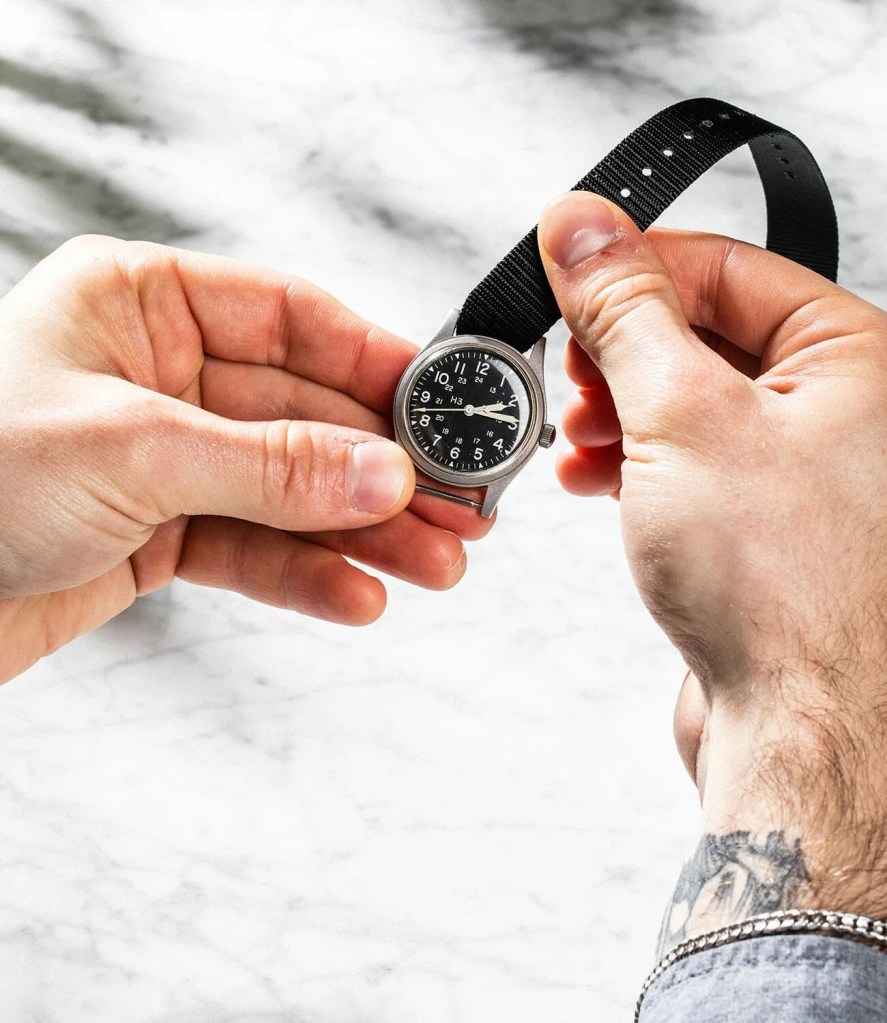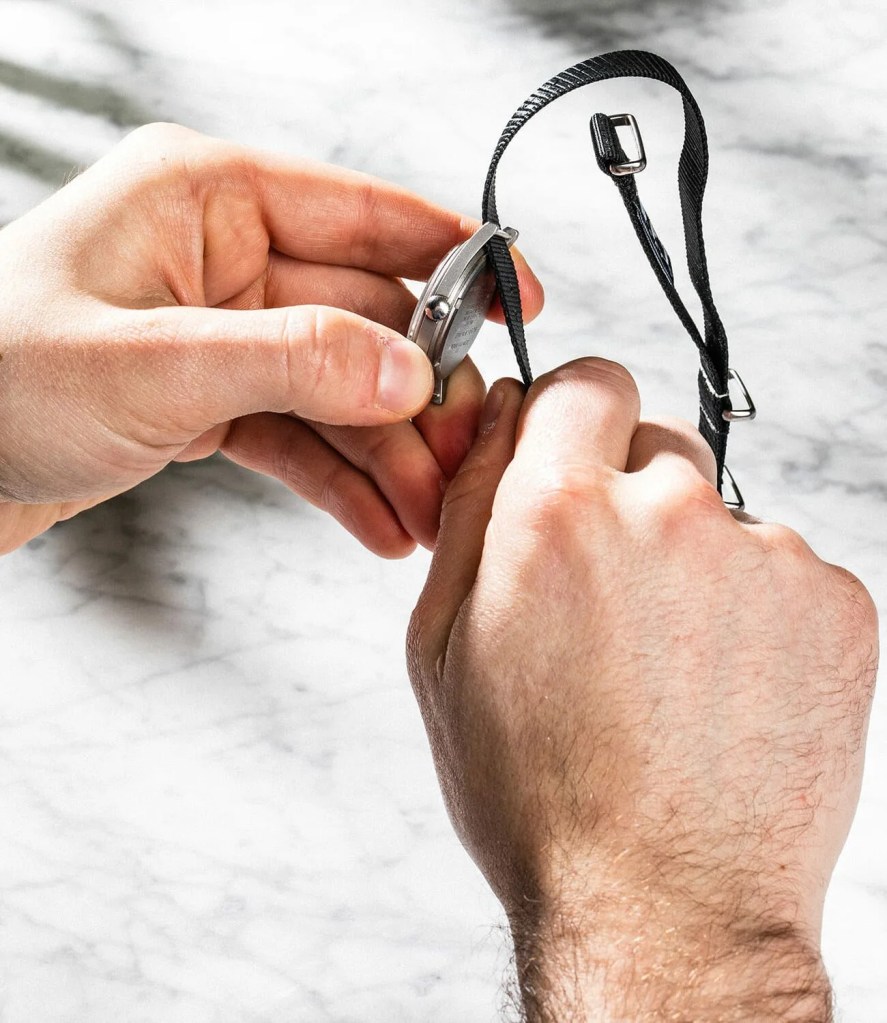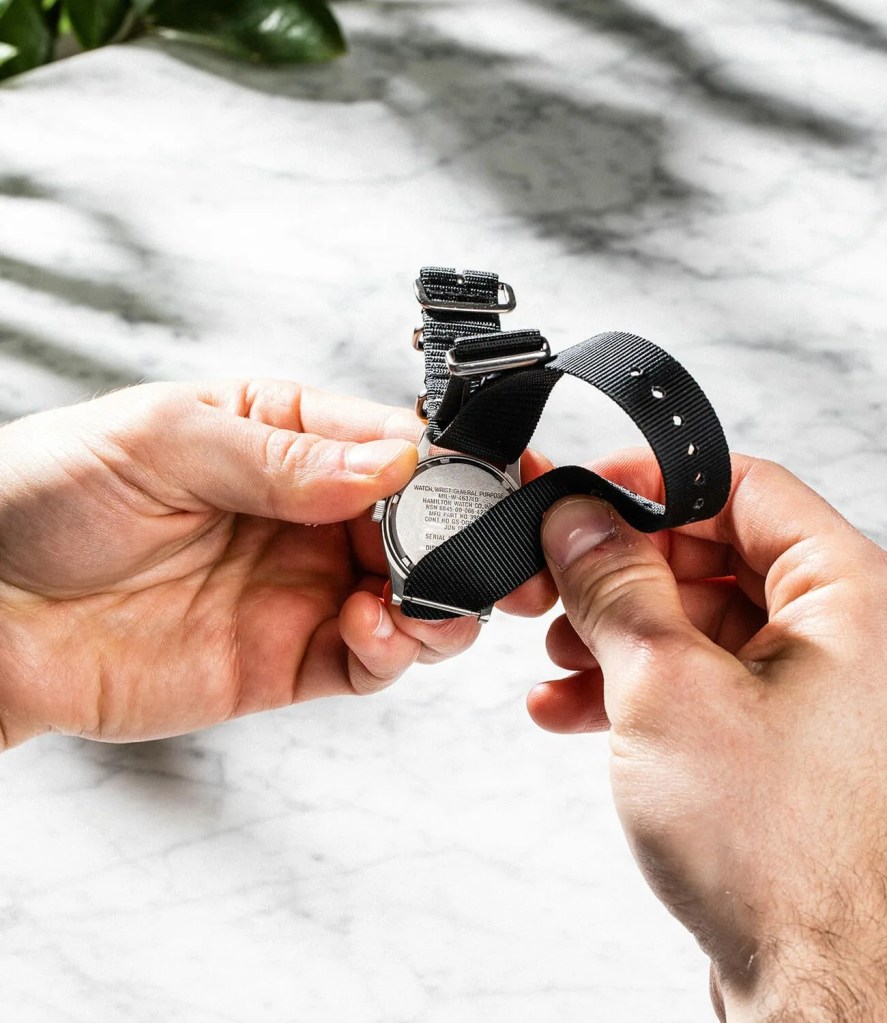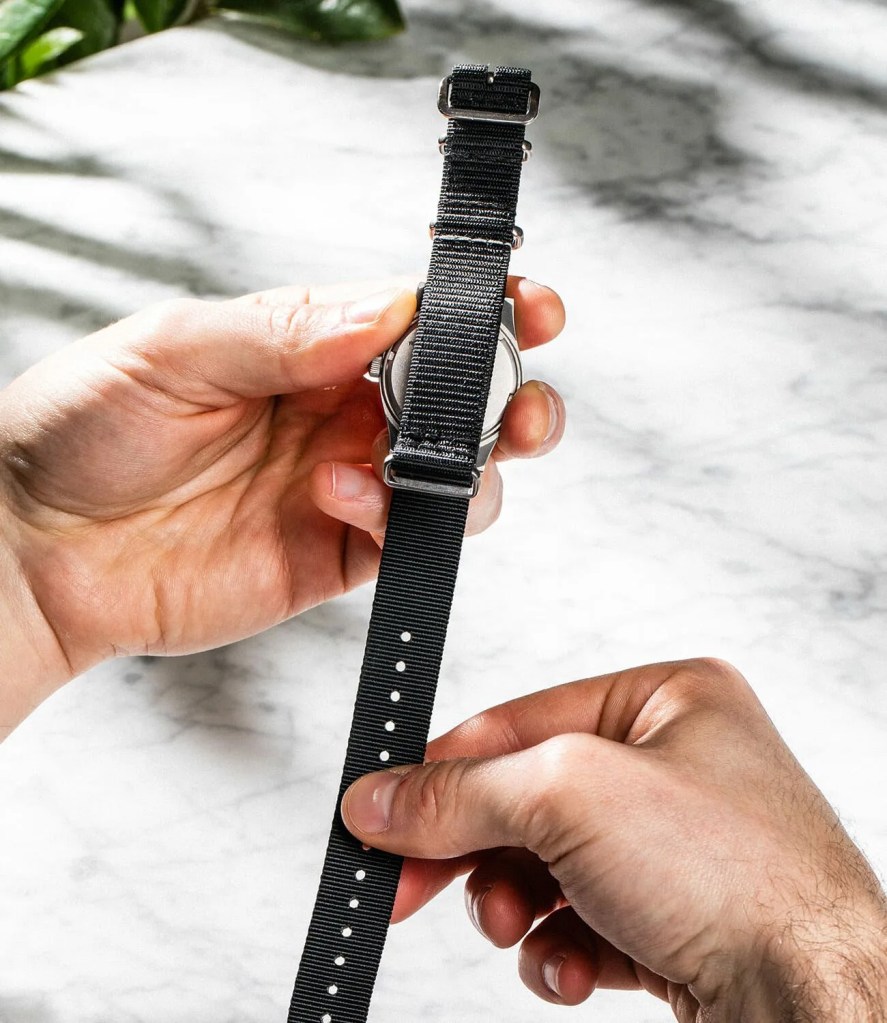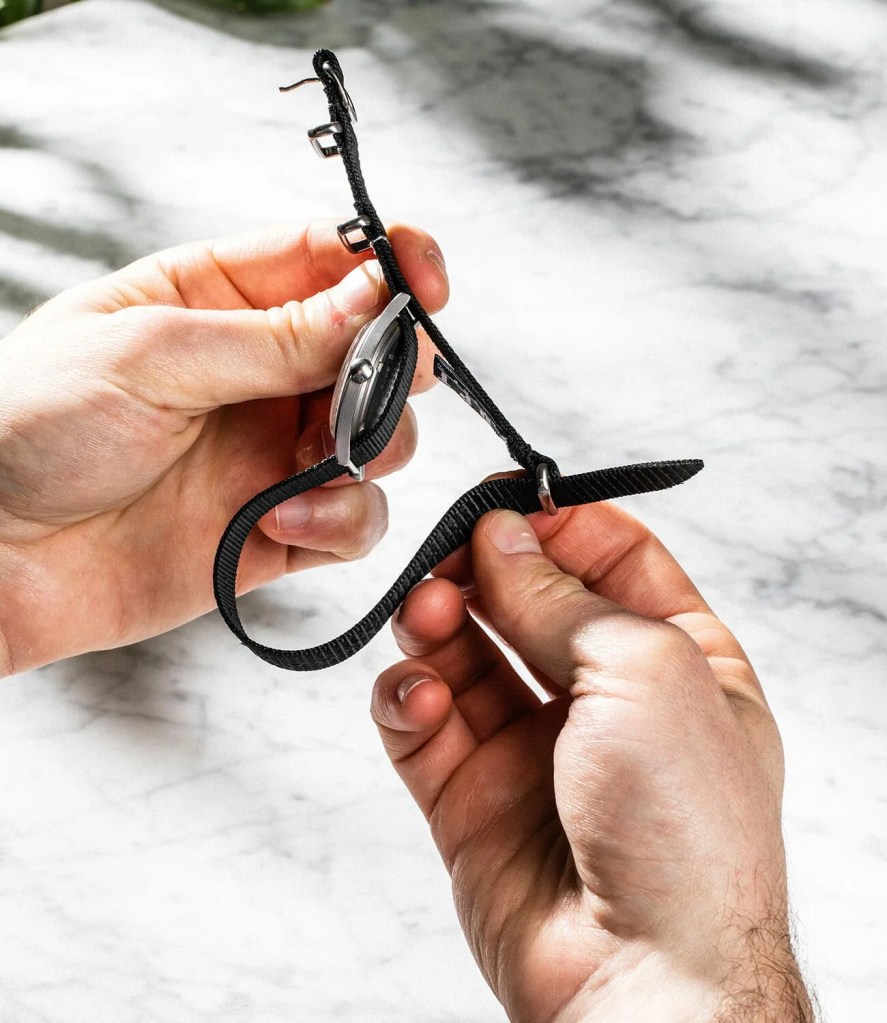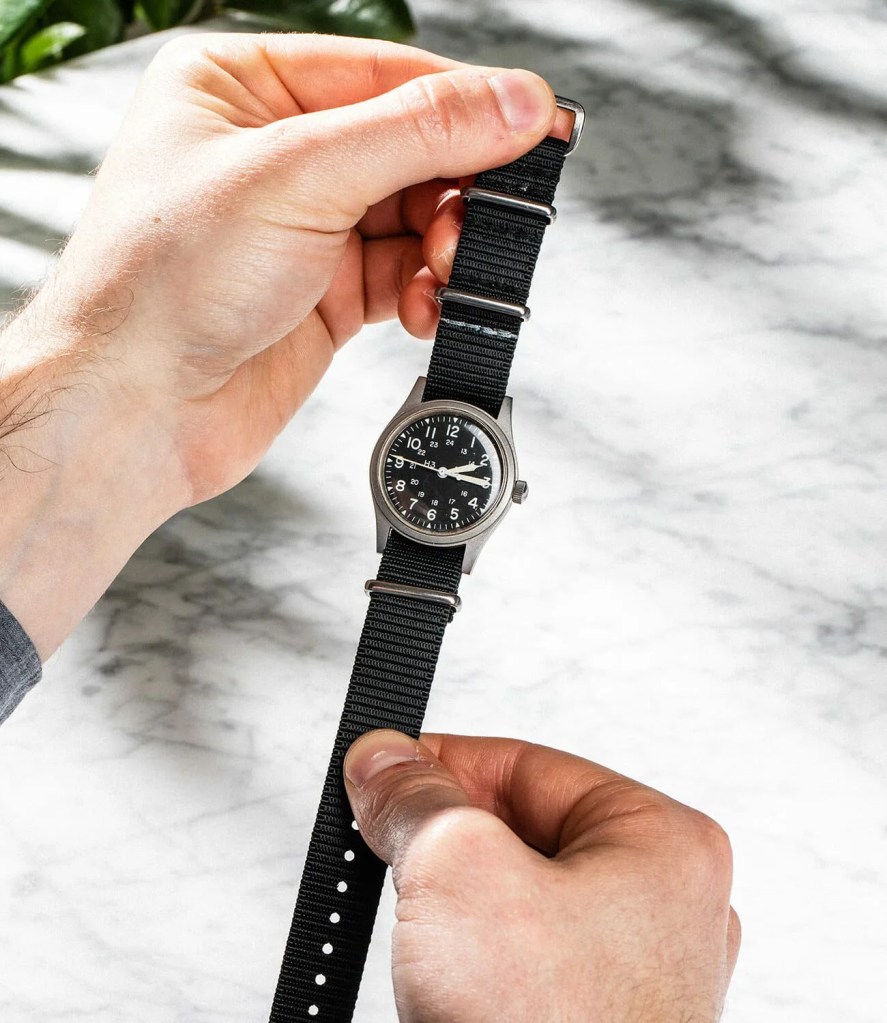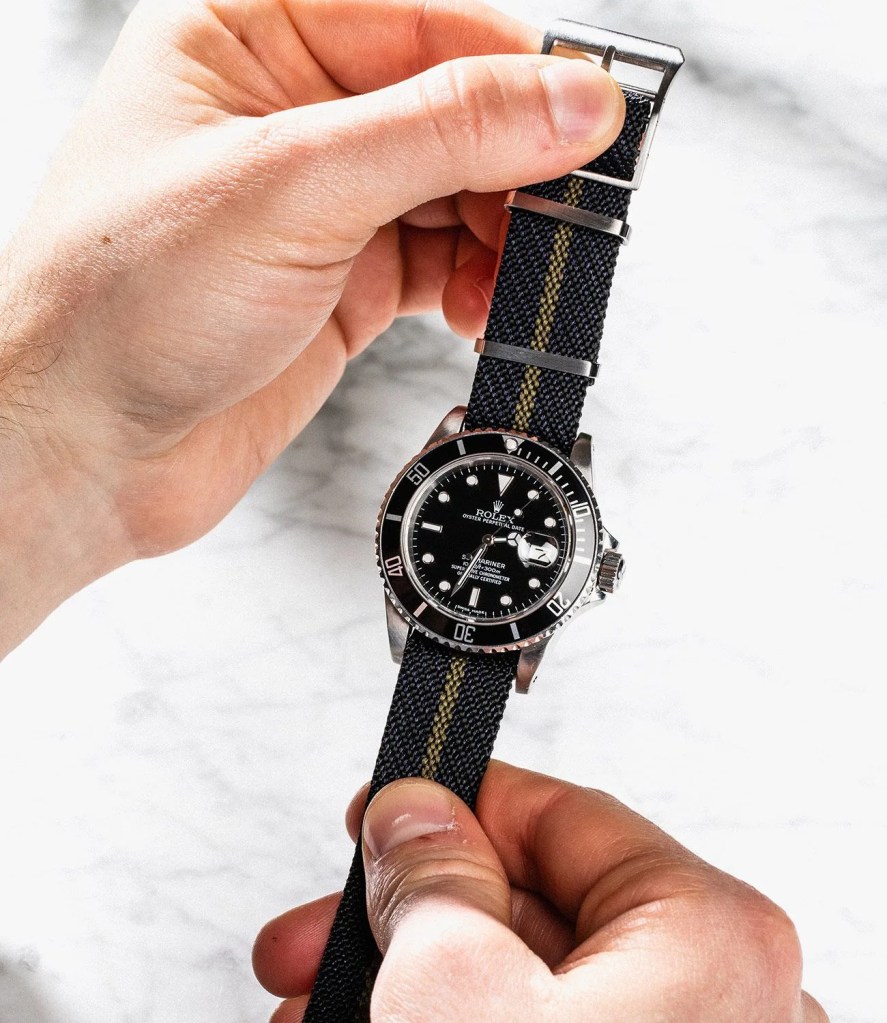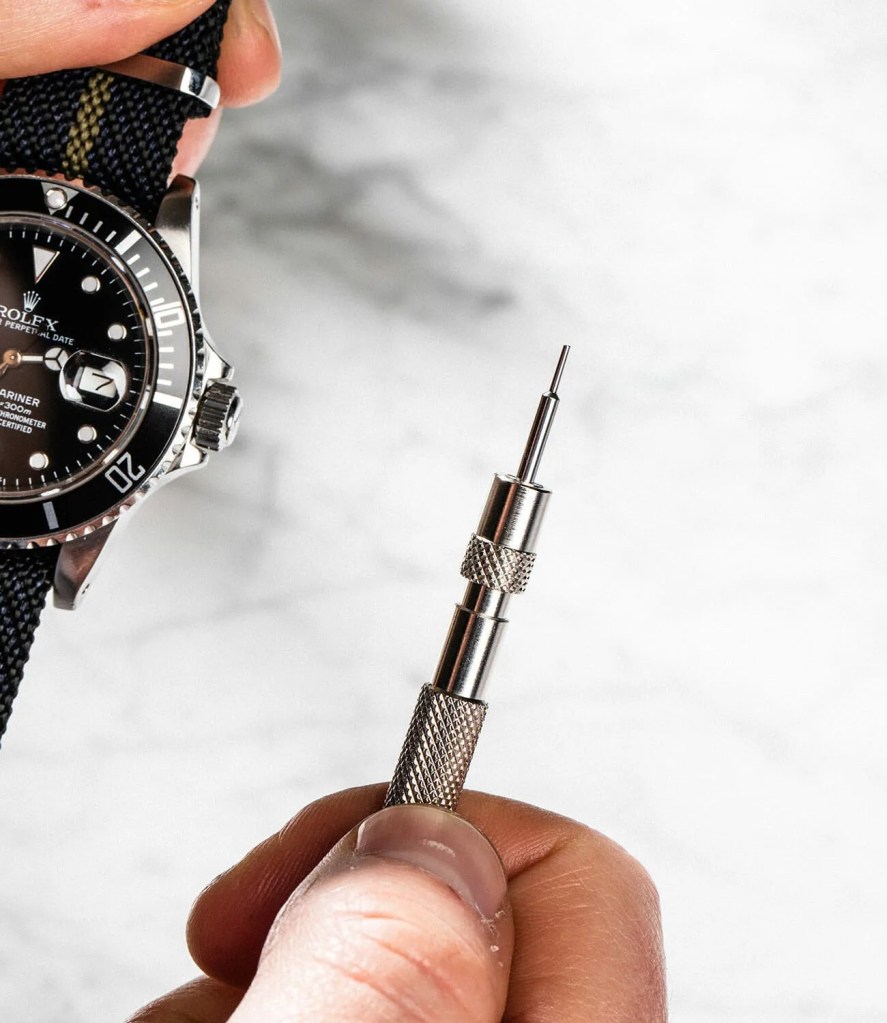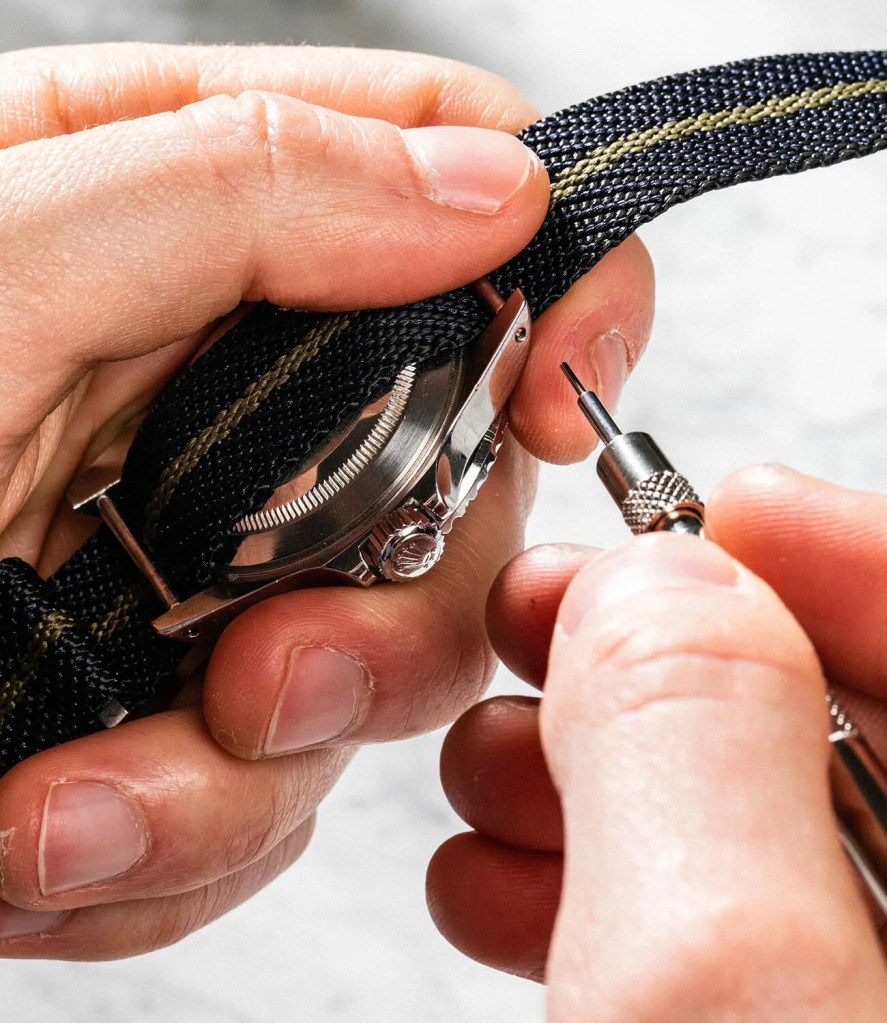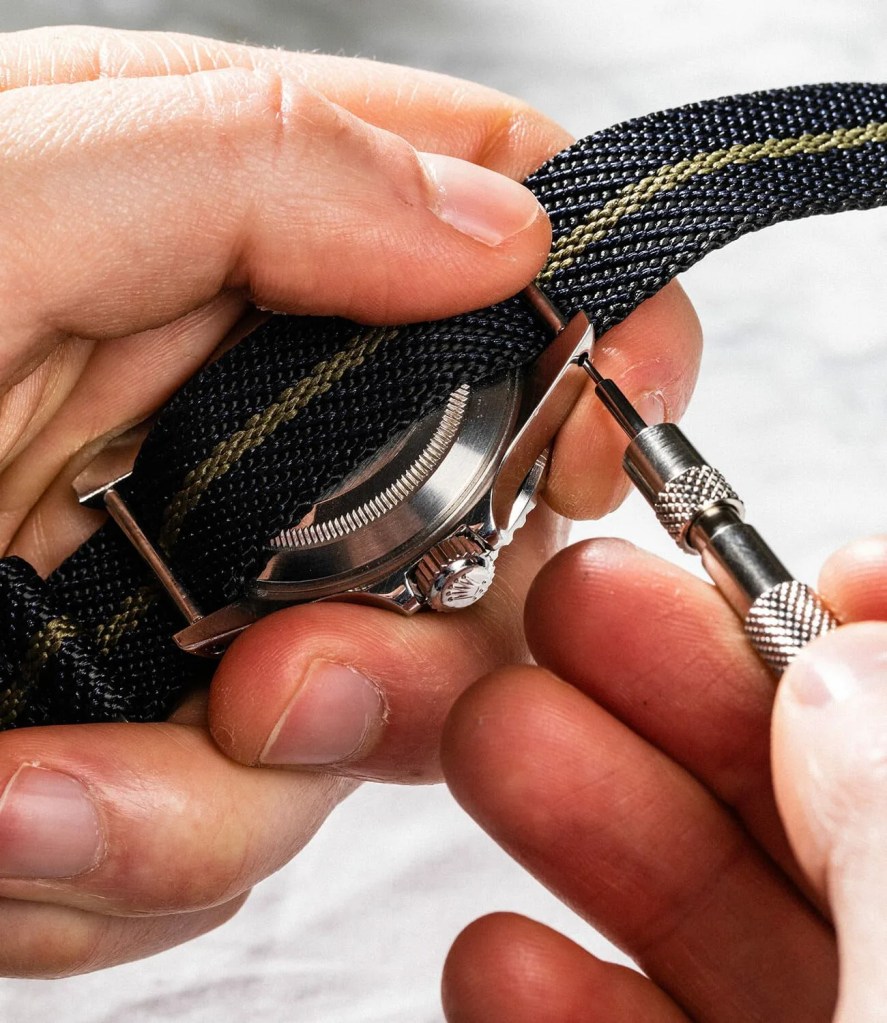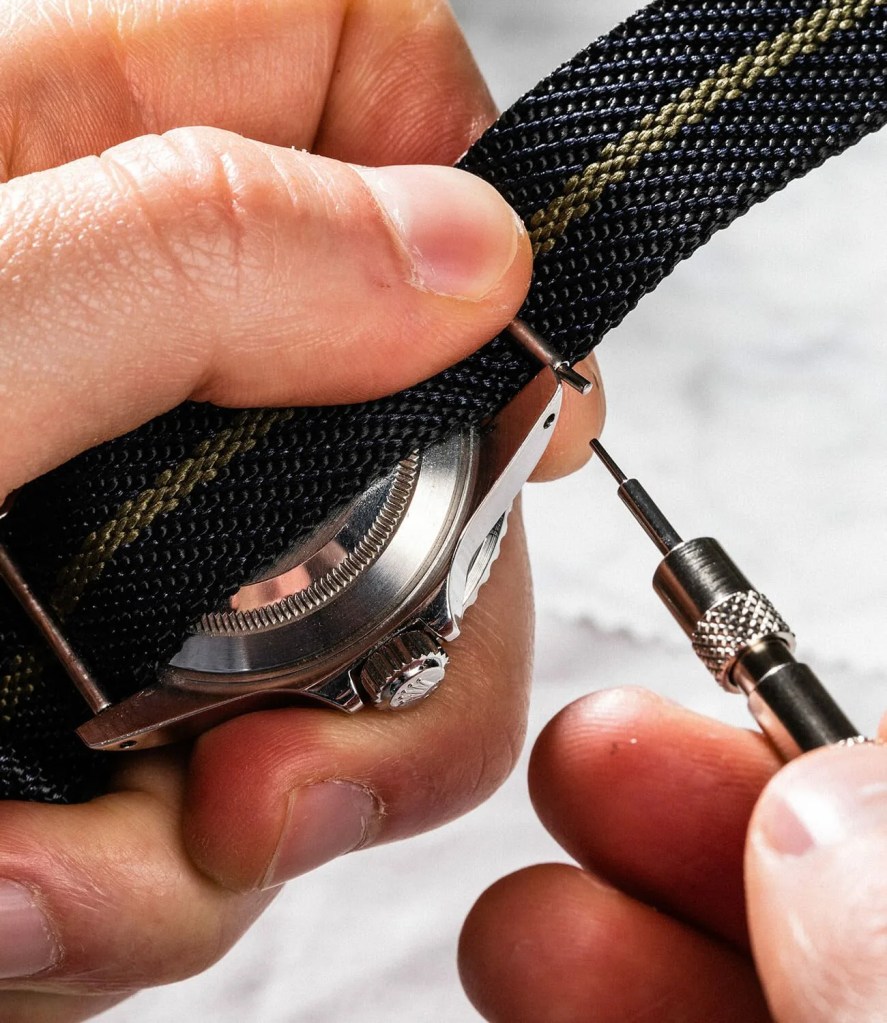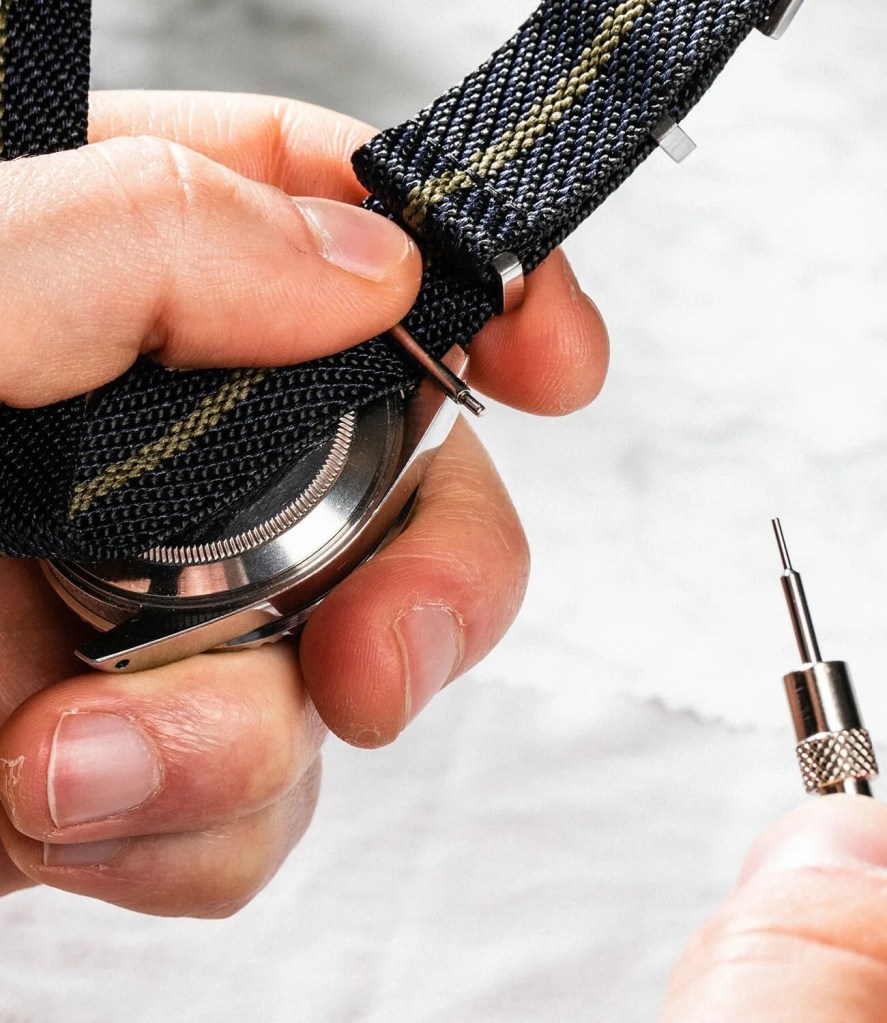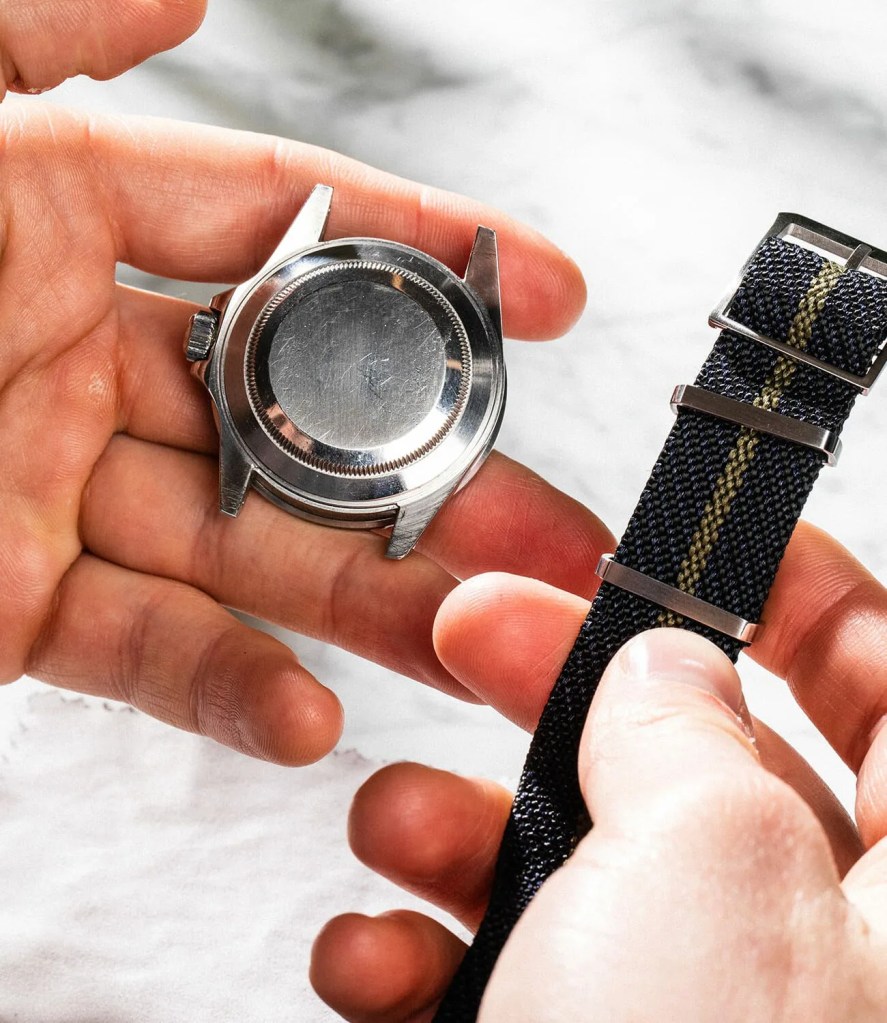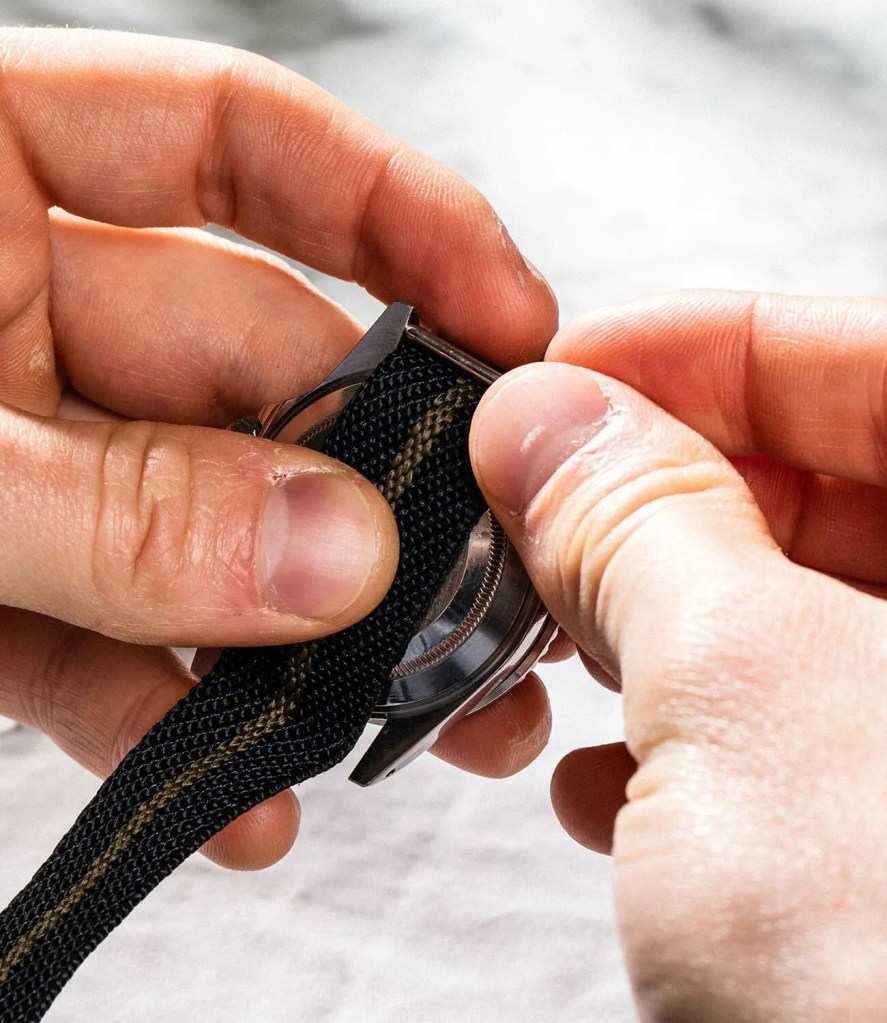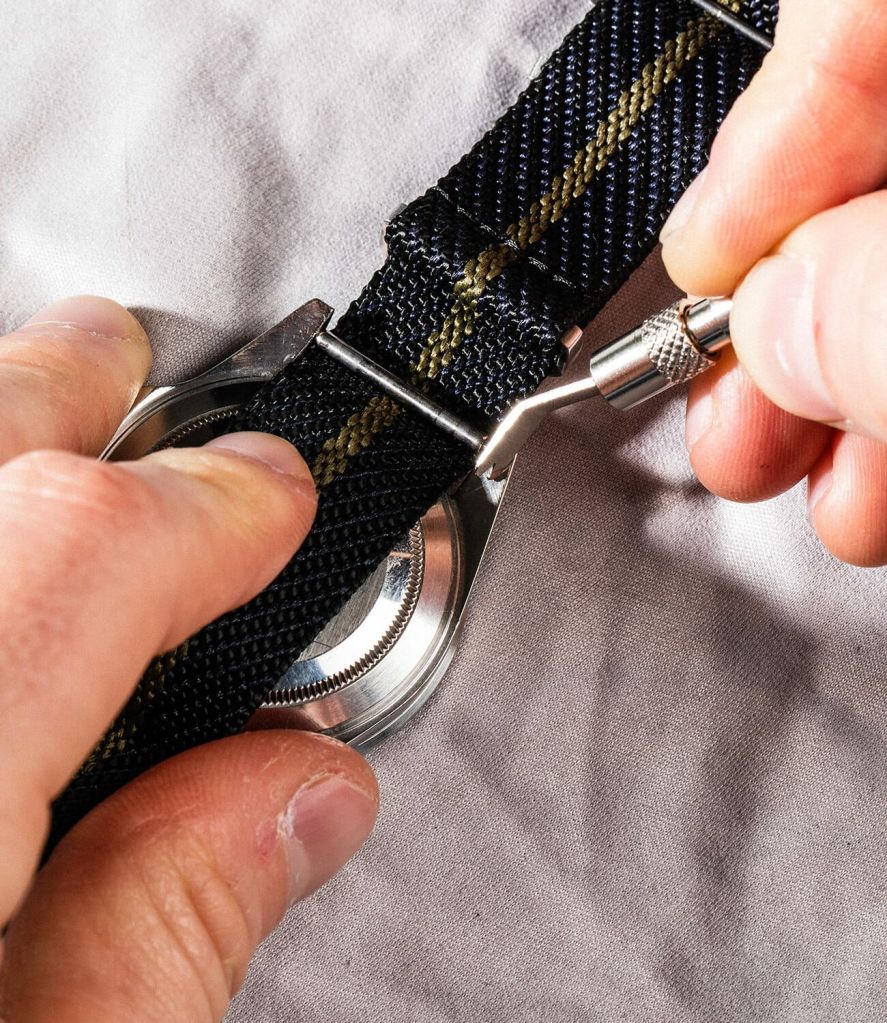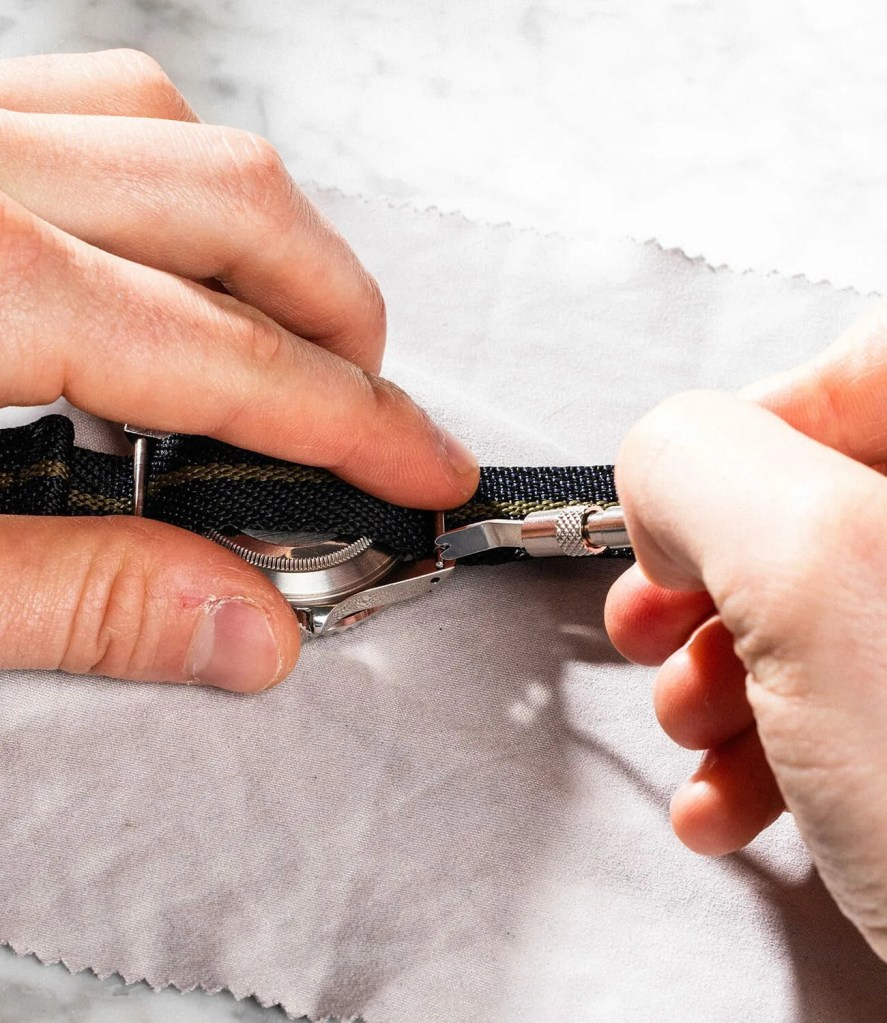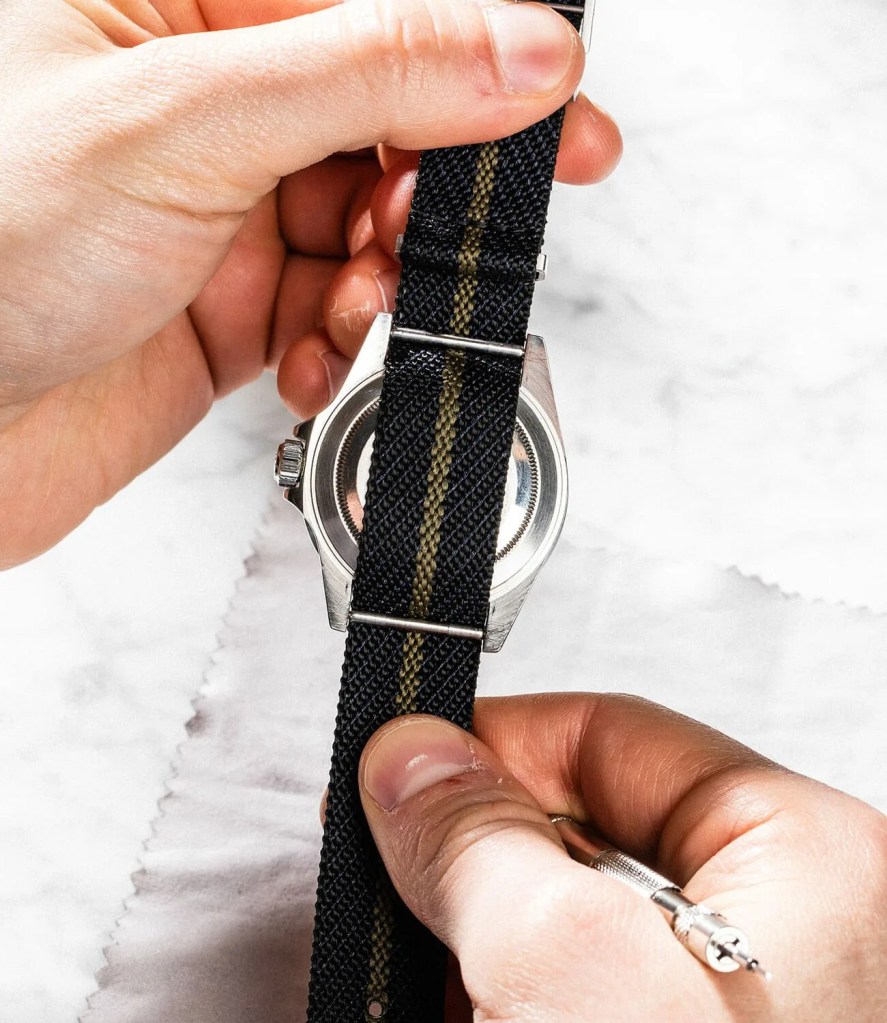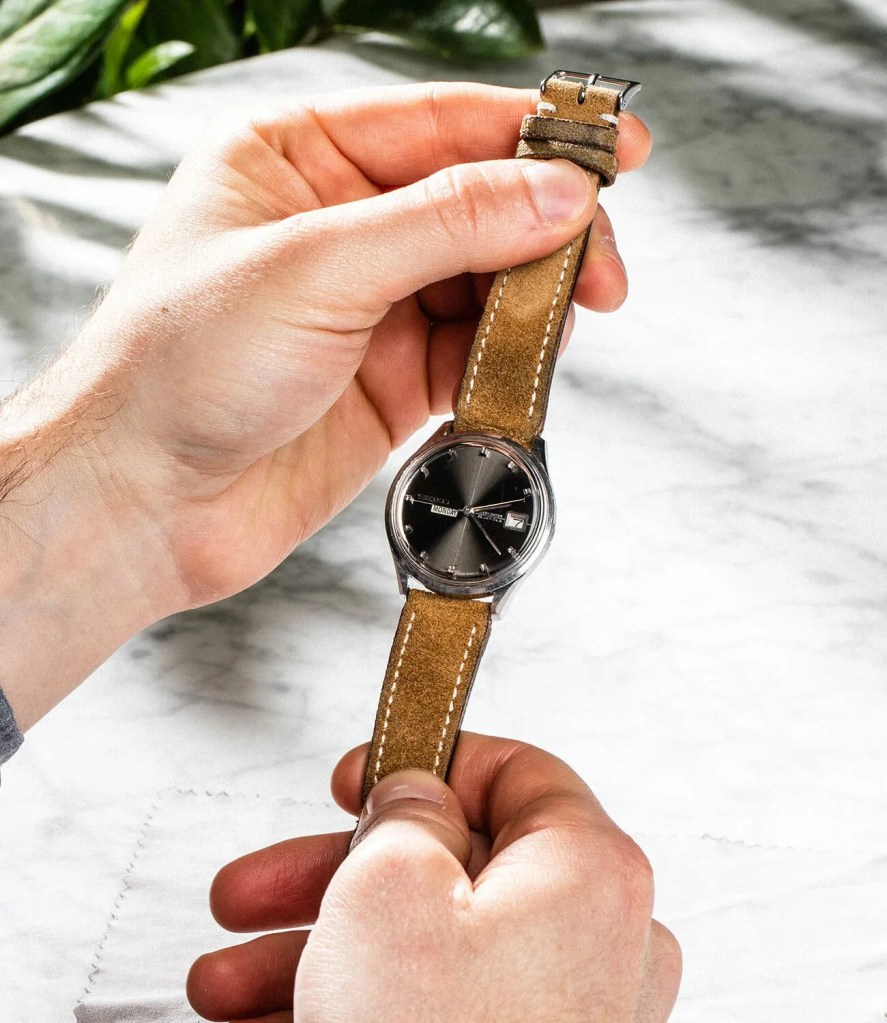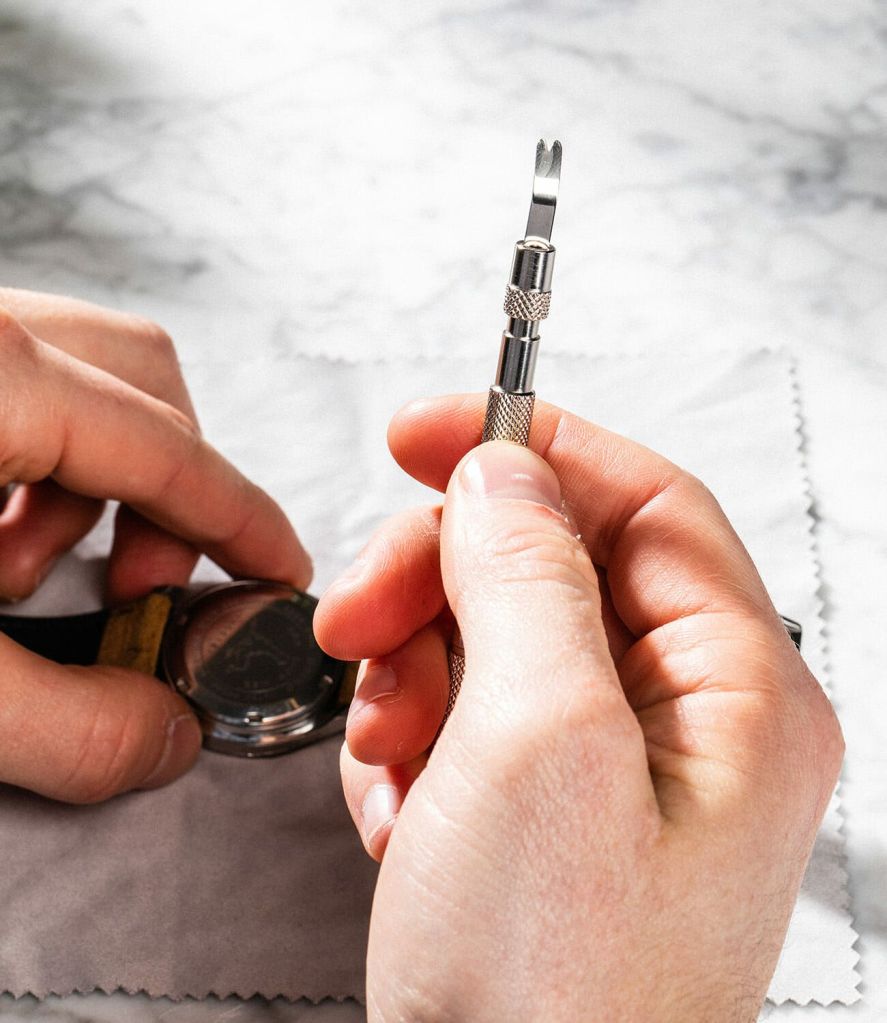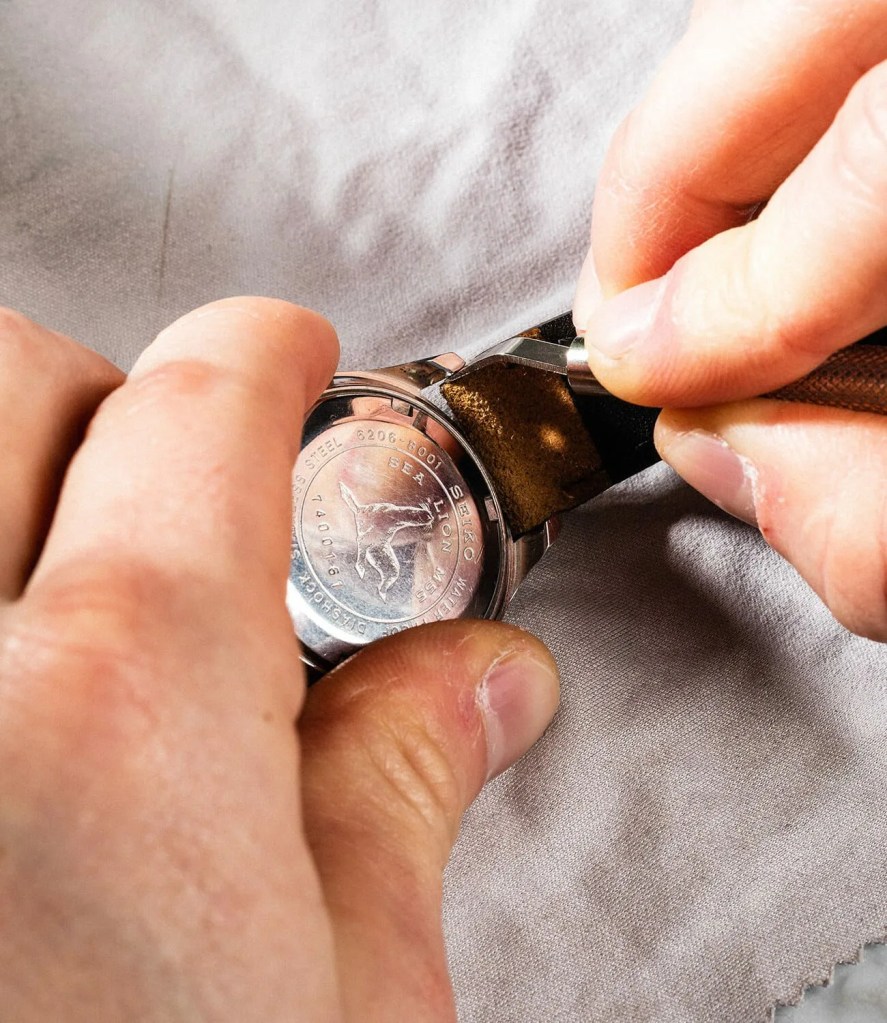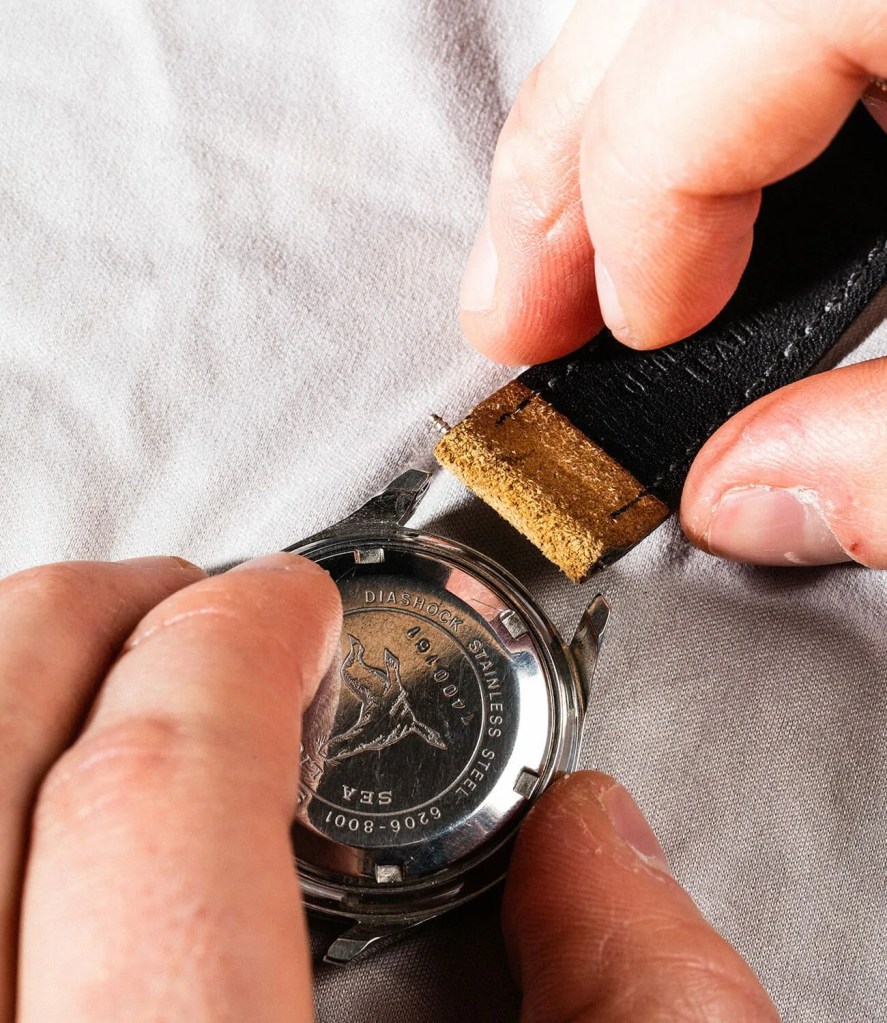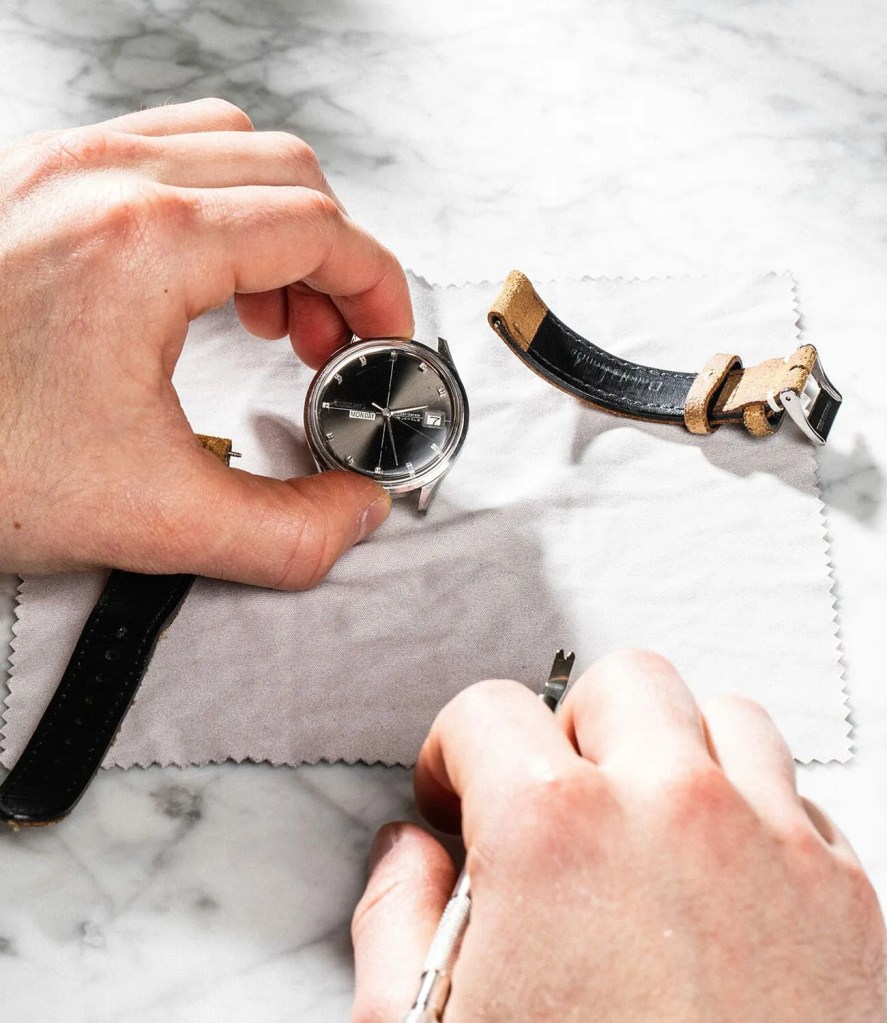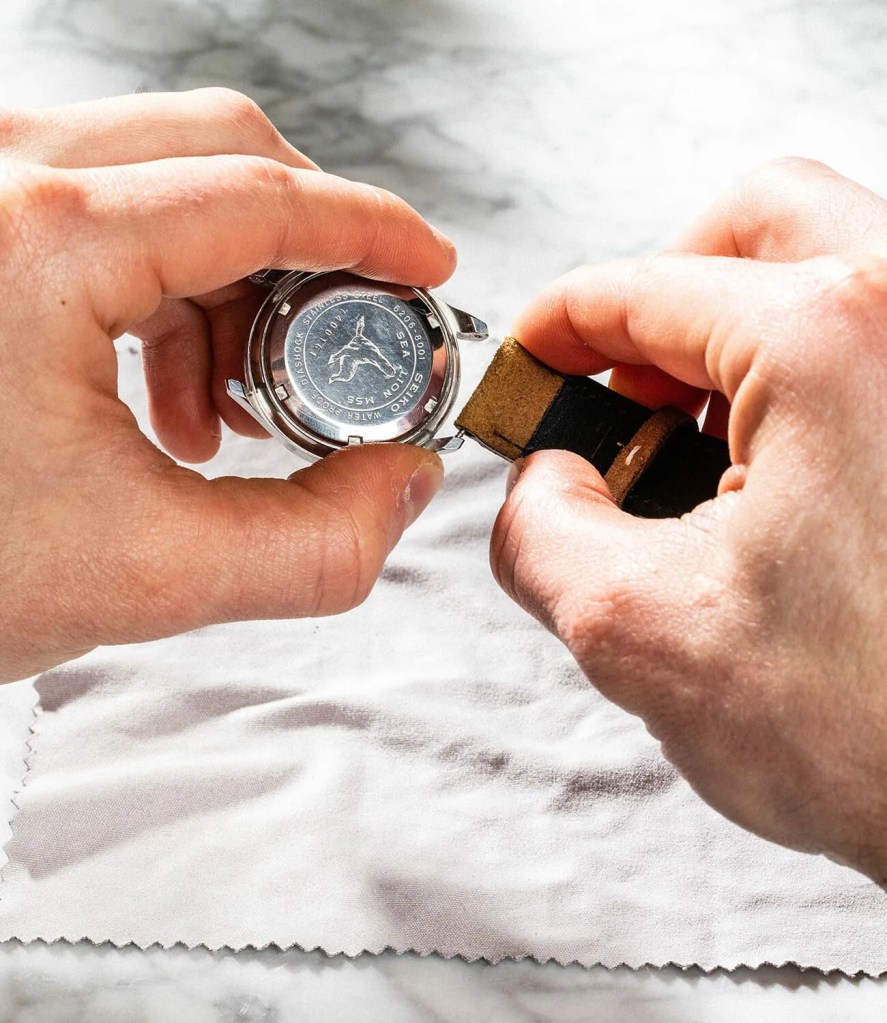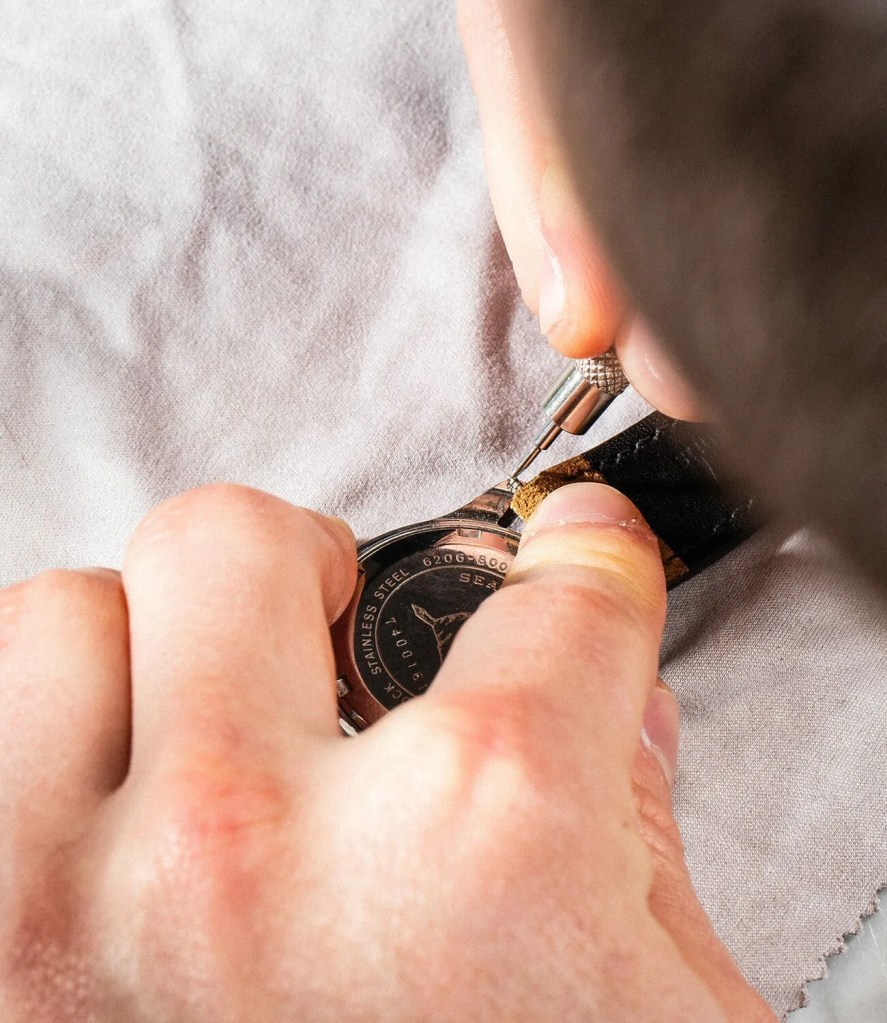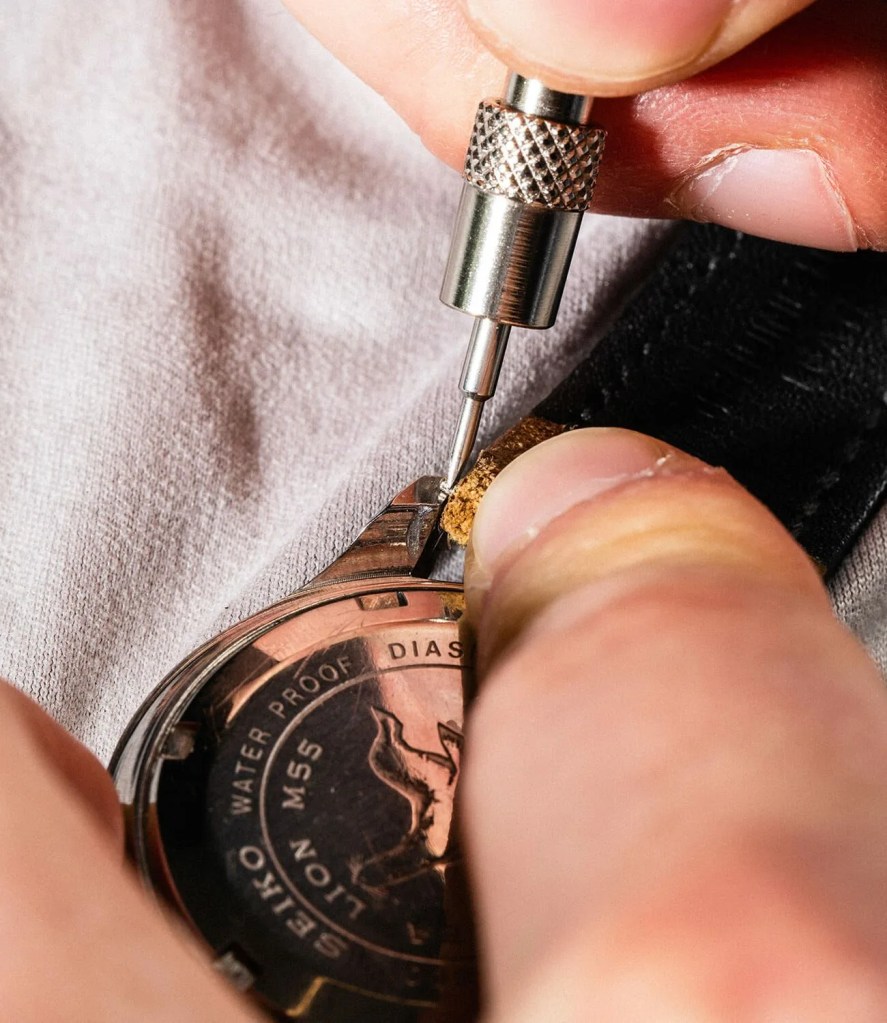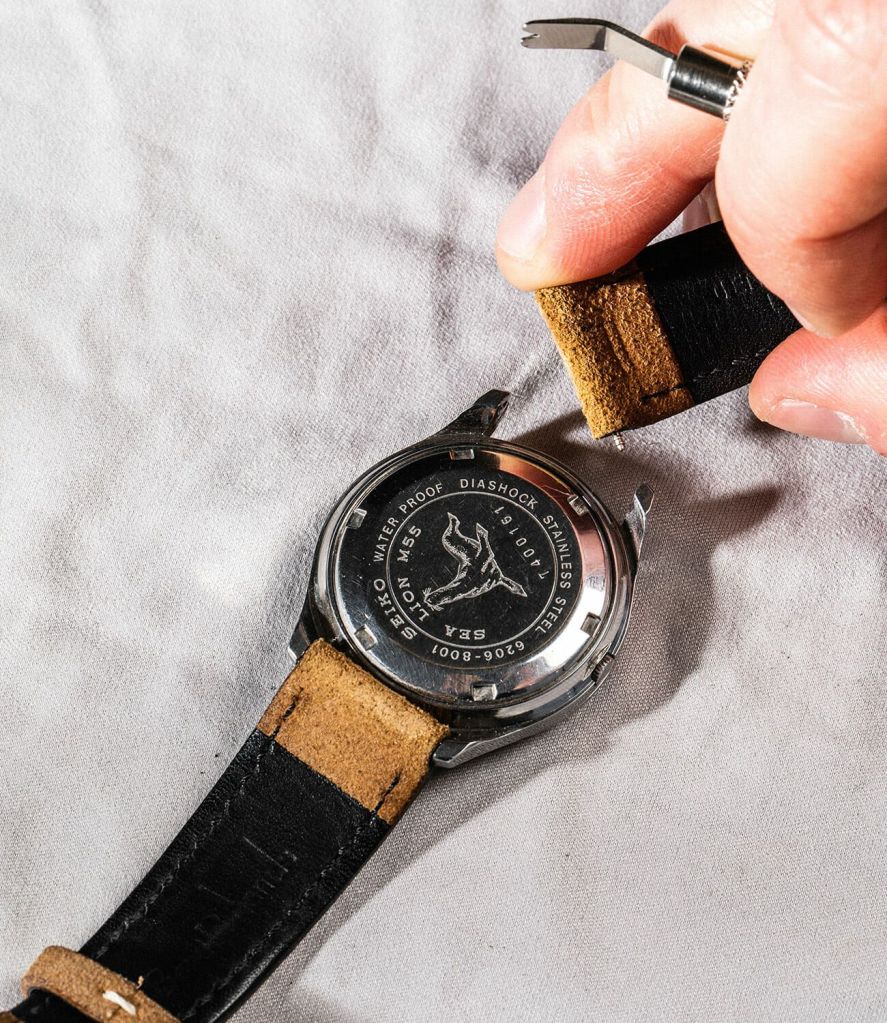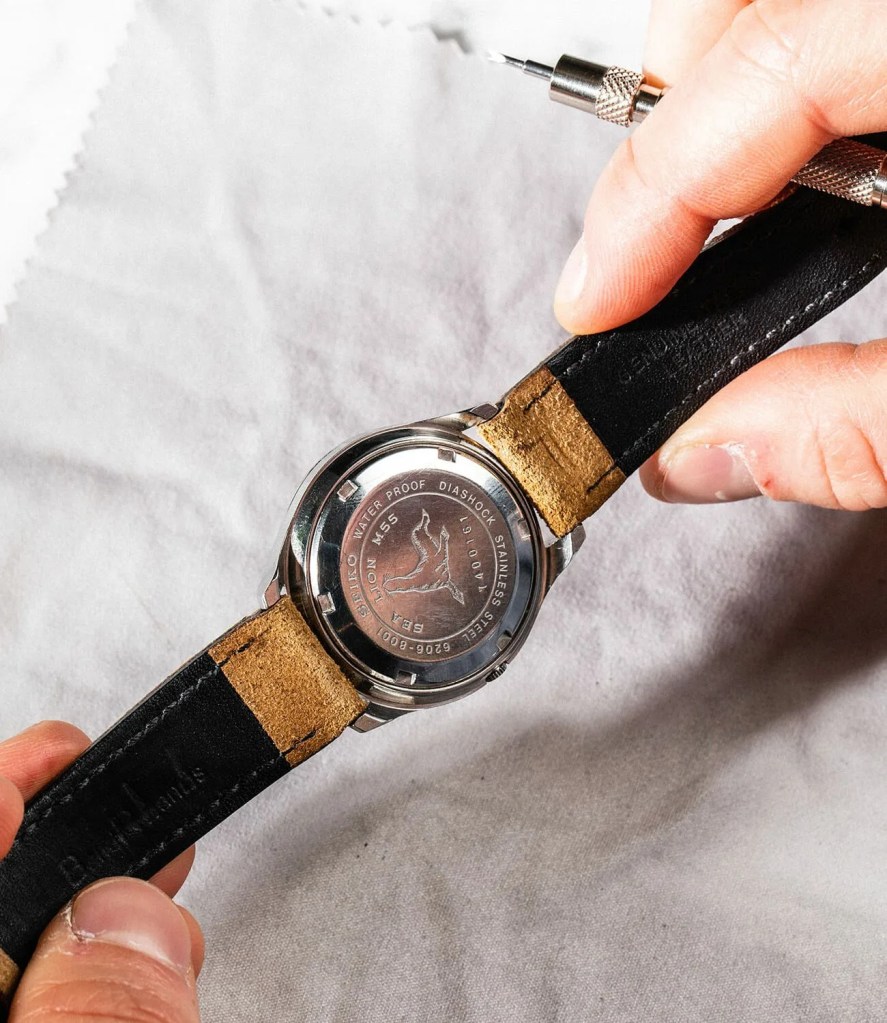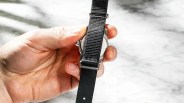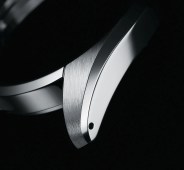Those who are interested in watches seem to come to a singular realization at some point — that is, that changing a strap can completely change the look of a timepiece. Which band to use is so much a consideration that good watches often linger on shelves both physical and digital because they’re attached to less-than-becoming straps. What’s more: you can easily get away with having one great, versatile watch and a bunch of inexpensive straps, and that’s it. You just need to know how to properly change a strap, which is what we’re gonna go over today (keep in mind that we won’t be covering changing or sizing metal bracelets).
NOTE: In this guide, we deal with two different kinds of watches: ones with lug holes and ones without. We also deal with both NATO/single pass-style straps as well as two-piece types.
NATO Straps: Removal
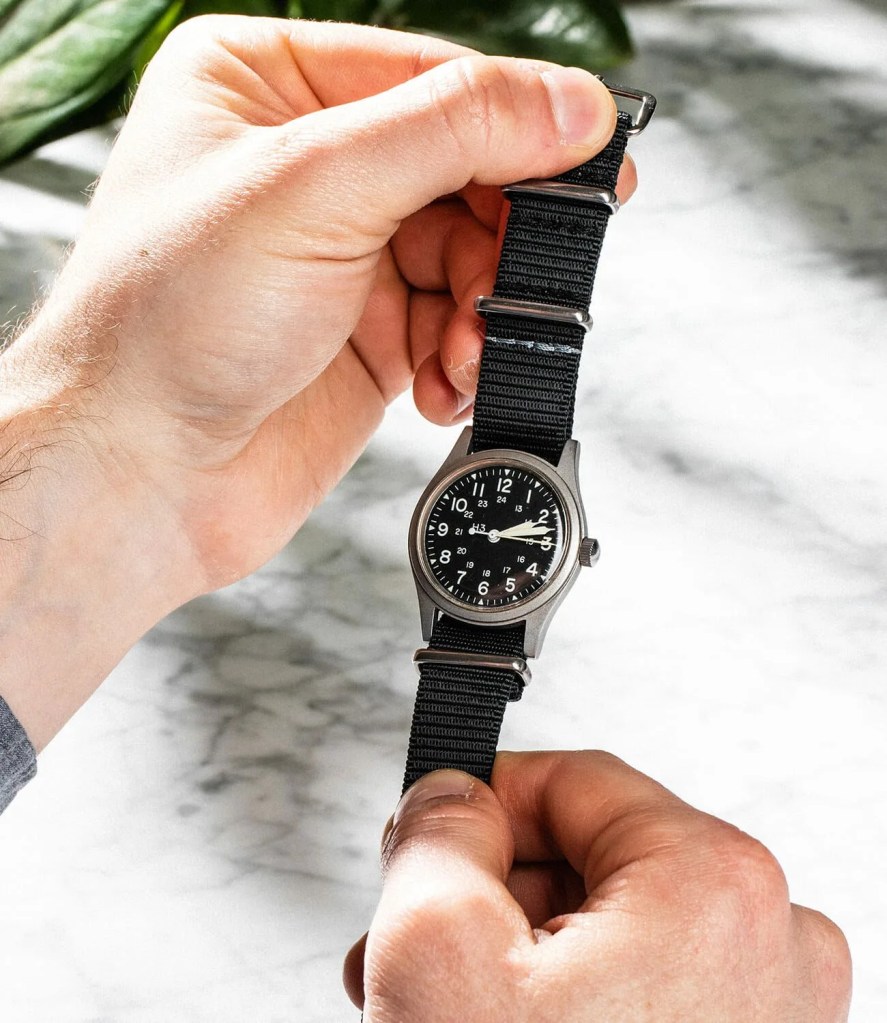
The NATO strap is an old standby from the days of issued military watches — you can read all about their history here and see our favorite ones here. Suffice it to say that a NATO is a pass-through strap comprised of two pieces of nylon (or less commonly, leather). These two pieces are threaded through the watch in such a way that the watches can be hung up by the straps as inventory and the watch heads won’t fall off. (Also, the two strap pieces prevent the watch head from slipping around on the strap when it’s affixed to your wrist.)
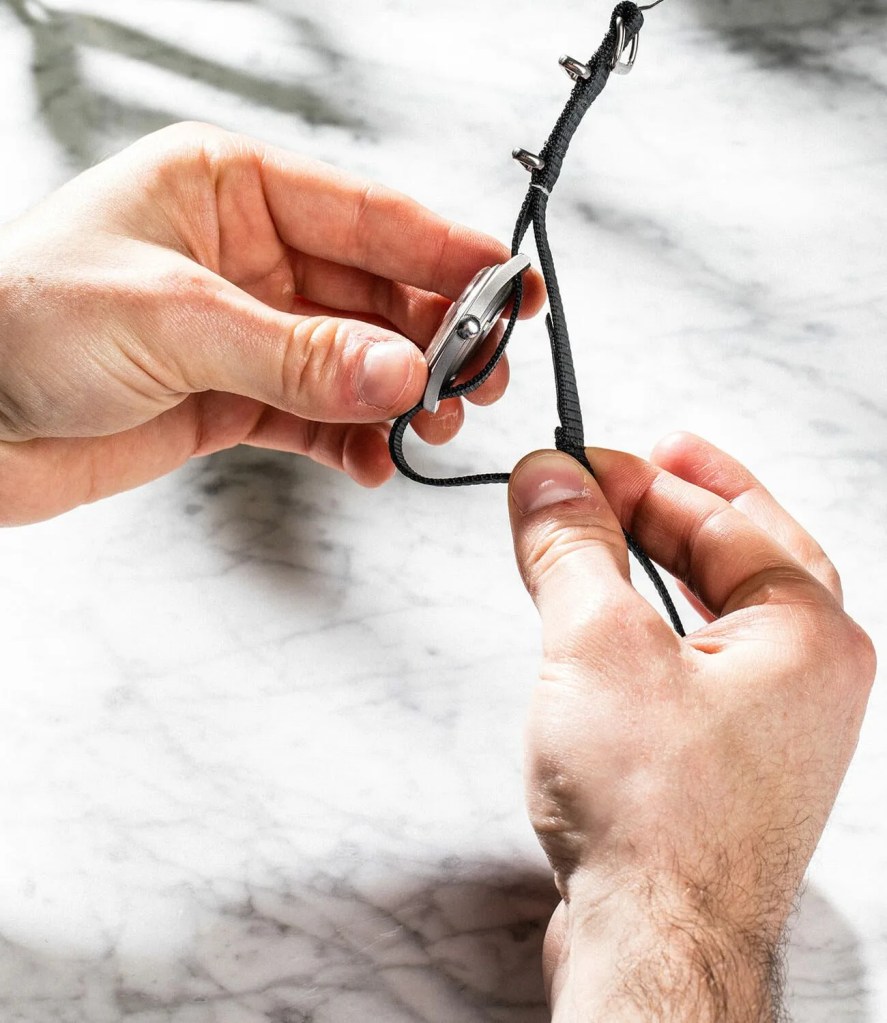 Photo by Hunter D. Kelley
Photo by Hunter D. KelleyIf you’re removing one of these, realize that the watch from which you’re removing it may contain fixed spring bars, meaning that rather than be, you know — springy — they’re actually soldered into the watch’s case and cannot be removed. In this case (or in general, as you typically remove a NATO strap without the need to remove the spring bars), first reach around to the back of the watch strap and slip the bottom keeper (the little metal D-ring-type-thingy) off the bottom half of the strap.


